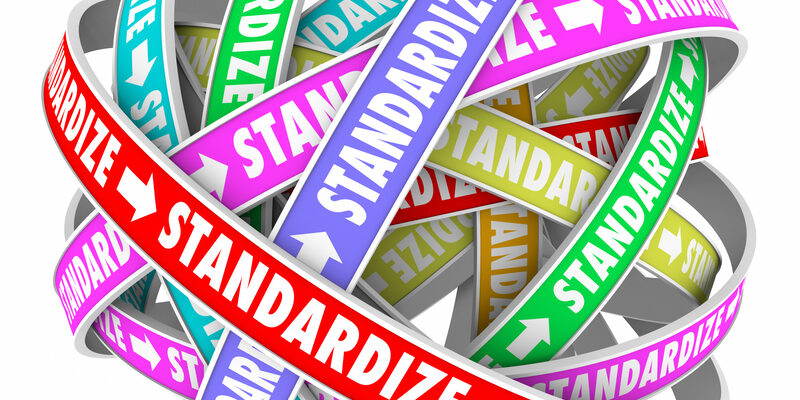Pharmaceutical advancement relies a lot on technology. The rise of data collection tools, from iPad to advanced monitoring devices, has enabled researchers to improve the quality and analysis of data. However, as we consider the benefits of standardized clinical trial data, it is clear it has also made processes a bit more complex.
When digital data collection increases, data sharing increases too. If a medical professional uses a different set of short-form codes or notes, either the information won’t be correct, or the data would simply not transfer. This is forcing researchers to look into standardization and the development of machine-readable systems. These systems represent the next wave in clinical trial development and data sharing.
Here, our clinical EDC data management expert discusses the benefits of standardized, machine-readable clinical data:
Standardized clinical data improves efficiency
Standardizing clinical data can make processes more efficient. Usually, products require an ISE (Integrated Summary of Efficacy) and/or ISS (Integrated Summary of Safety) as a part of an FDA submission. This includes integrating data from various studies for analysis — and it would be ideal if the data is gathered in a standardized format from the start. Following are some benefits of standardizing data:
- Using data standards can benefit the industry by streamlining the flow of data, from gathering to submission, while also facilitating data interchange between providers and partners.
- Reviewers can work with the data more effectively with less preparation time. This, in turn, will support FDA’s efforts to develop a repository for all submitted trial data.
Clinical Data Interchange Standards Consortium (CDISC)
CDISC is a non-profit, multidisciplinary, open, and global organization that creates standards to support the archive, submission, exchange, and acquisition of clinical research metadata and data, and is known as ADAM, CDASH, and SDTM.
Gathering the data as per the standardized CDASH Model offers a number of positives including:
- Ensures consistency between submitted datasets and operational data.
- Optimizes your end-to-end processes.
- Makes mappings reusable by reducing mapping complexity.
- Reduces study-build time and automates EDC through the implementation of CDISC ODM.
- Reduces study set-up time using CDISC metadata.
- Reduces the overhead cost required to run the trial by helping you make patient recruitment and study design decisions at an early stage.
- Requires minimal resource allocation and oversight.
- Offers ease of support when creating analysis parameters, which reduces the amount of time required for submission and regulatory approval.
- Requires little to no modification to perform statistical analysis.
- Optimizes the downstream data flow and ensures traceability of the data.
ClinicalPURSUIT’s EDC clinical trial data management offers a simple process to rapidly execute clinical trial data collection
ClinicalPURSUIT’s EDC software for clinical trials can perform EDC (electronic data capture) for thousands of patients.
Reach out to us now for more information on ClinicalPURSUIT – the best EDC clinical trial software!







